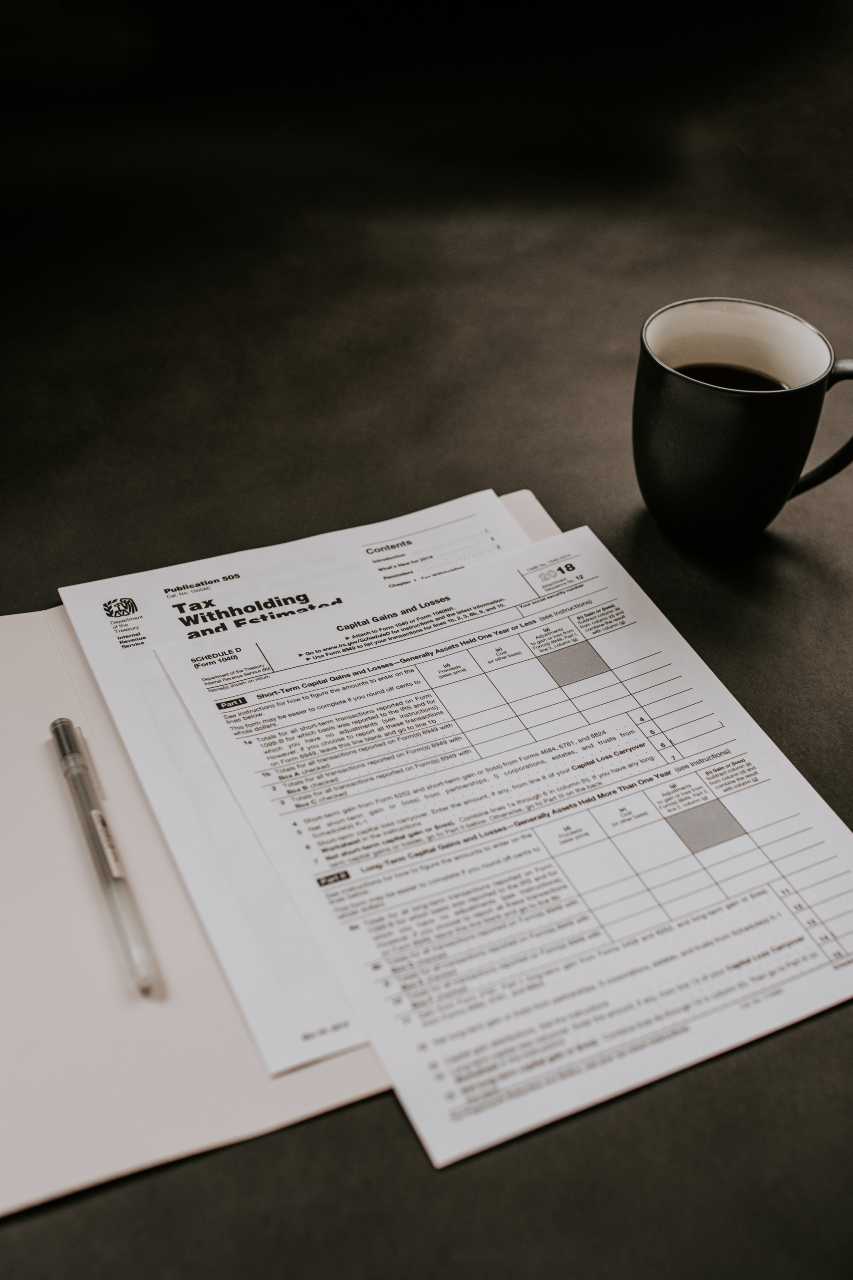Chances are, you’ve probably noticed the tax code on your payslips. Although they may seem like a jumble of letters and numbers, it’s incredibly important to understand what it means for you and how much tax you pay.
Sometimes, HMRC can put you on the wrong tax code, which could lead to underpaying or overpaying your taxes and HMRC chasing you for an outstanding balance you weren’t aware of.
Here’s what you need to know about tax codes.
How do tax codes work?
Your tax code is HMRC’s way of keeping track of how much tax you need to pay each year.
For example, the Revenue uses tax code 1257L for most people with one job or pension. This tax code shows you’re entitled to the full personal annual allowance of £12,570 per year.
The numerical figure represents ten times the amount you can earn before paying tax, while the letter will vary depending on your situation.
For instance, if your tax code starts with an ‘M’ or an ‘N’, this signifies that you or your partner have transferred part of your personal allowance to each other. ‘NT’ means you’re not paying any tax on the income, ‘S’ means your income or pension is taxed using the rates in Scotland, and ‘T’ means your tax code includes other calculations to work out your personal allowance.
A ‘K’ tax code shows you have income that is not being taxed another way, and it’s worth more than your tax-free allowance. This usually happens if someone is paying tax you owe from a previous year.
A complete list and breakdown of the different codes can be found on the Government website.
Why might my tax code change?
There are a number of reasons why your tax code may change, so it’s important to understand why and when it may be wrong.
One of the most common times your tax code might change of is when you change jobs. Sometimes you will be put on an emergency tax code until your new employer has registered you on their payroll.
Once this is done, HMRC will update your tax code, so you continue paying the right amount of tax.
If you discover your code has a ‘W1’, ‘M1’ or an ‘X’ at the end, you’re on an emergency tax code. If you’ve worked for your current employer for a while, you need to get in touch with HMRC as soon as possible, as it could lead to underpaid or overpaid taxes.
Other examples of when your code may change include:
- you receive taxable state benefits
- you’ve started receiving another source of income
- your income changes
- you claim marriage allowance (as mentioned above)
- you’re receiving benefits in kind.
How HMRC handles underpaid tax
If you’ve underpaid your taxes due to an error or change in your tax code, HMRC will update your code and get in contact with you (usually via post).
When this happens, you’ll need to read through the information. Luckily, you won’t necessarily need to make these payments yourself. Usually, HMRC will contact your employer and arrange a catch-up payment arrangement over the following 12 months. This is done during your tax deductions from your salary.
HMRC will collect automatically if you:
- pay income tax through your employer or pension provider
- earn enough over your personal allowance to cover the underpayment
- owe less than £3,000.
If you do have to pay it yourself, you can do so online if you owe for the tax years 2020/21 and 2021/22. If you owe tax from before April 2020, you’ll need to pay via cheque.
Need advice?
At Mayflower, we understand that tax codes can be complicated to follow. That’s why we help our clients by making sure they are on the correct one.
If not, we can advise you on how to deal with HMRC and can even do it for you if you wish.
Contact us to discuss your tax codes.
